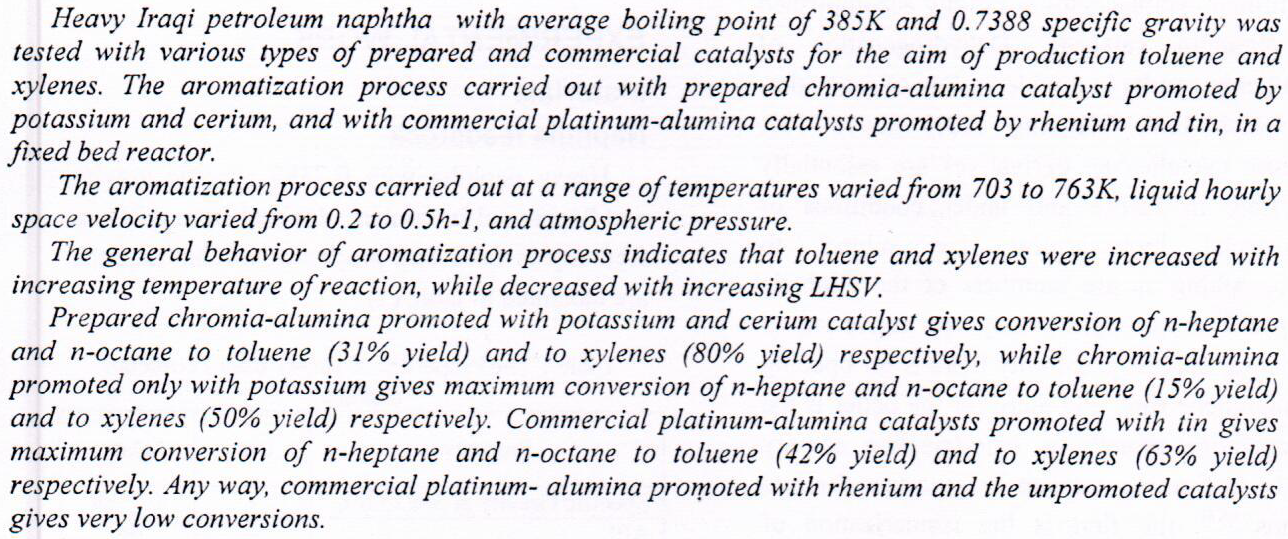
 (2)
(2)
Background: The present in-vitro study was undertaken to evaluate and compare fracture resistance of weakened endodontically treated premolars with class II MOD cavities restored with different bulk fill composite restorations (EverX posterior, Alert, Tetric EvoCeram Bulk Fill, and SDR). The type and mode of fracture were also assessed for all the experimental groups. Materials and Method: Forty-eight human adult maxillary premolar teeth were selected for this study. Standardized extensive class II MOD cavities with endodontic treatment were prepared for all teeth, except those that were saved as intact control. The teeth were divided into six groups of eight teeth each (n=8): (Group 1) intact control group, (Group 2) unrestored teeth with
... Show More (2)
(2)
Objectives: This study aims to assess and compare the micro-shear bond strength (μSBS) of a novel resin-modified glass-ionomer luting cement functionalized with a methacrylate co-monomer containing a phosphoric acid group, 30 wt% 2-(methacryloxy) ethyl phosphate (2-MEP), with different substrates (dentin, enamel, zirconia, and base metal alloy). This assessment is conducted in comparison with conventional resin-modified glass ionomer cement and self-adhesive resin cement. Materials and methods: In this in vitro study, ninety-six specimens were prepared and categorized into four groups: enamel (A), dentin (B), zirconia (C), and base metal alloys (D). Enamel (E) and dentin (D) specimens were obtained from 30 human maxillary first premolars e
... Show MoreThis study aimed to isolate and identifye the growth of microorganisms and
their effect on pickled cucumber and cabbage, the study also investigated the effect of
garlic (in the form of segments, chopped or crushed) on the mentioned pickled –food
features . Furthermore, a sense based comparison is made between vinegar-preserved
samples and vinegar-garlic preserved ones.
The following results have been obtained:
1- The isolation of staph. aureus alone from the samples and the study of its physical
and biochemical features.
2- The fresh garlic (segments, chopped and crushed) with concentration of 5%, 7.5%,
and 10% showed a damaging percentage of 100% to bacterial growth of staph. Aureus
after 24 hours of inc
Abstract
Target costing and cleaner production are among the most important techniques in the field of cost and management accounting, which, when integrated, enable economic units to achieve the goal of cost management by reducing it by calculating cost more accurately than traditional methods.To achieve this, the researcher relied on the inductive approach in writing the theoretical framework for the research, relying on foreign and Arabic books, dissertations and university theses, foreign and Arabic research and periodicals related to the subject of the research, and relying on the descriptive and analytical approach in
... Show MoreThis study was conducted to explore the effects of using ionized water on the productive and physiological performance of Japanese quails (Coturnix japonica). Our study was conducted at a private farm from 20th April, 2016 to 13th July, 2016 (84 d). One hundred 42-day-old Japanese quail chicks were used, divided randomly into 5 groups with 4 replicates. Treatments consisted in a control group (T1 - normal water:), alkaline (T2 - pH 8 and T3 - pH 9), and acidic water (T4 - pH 6 and T5 - pH 5). All birds were fed a balanced diet of energy and protein. The egg production ratio, egg weight, cumulative number of eggs, egg mass, feed conversion ratio, productivity per hen per week, and effects on plasma lipids, uric acid, glucose, calcium, and ph
... Show More (4)
(4)
 (1)
(1)
There are several oil reservoirs that had severe from a sudden or gradual decline in their production due to asphaltene precipitation inside these reservoirs. Asphaltene deposition inside oil reservoirs causes damage for permeability and skin factor, wettability alteration of a reservoir, greater drawdown pressure. These adverse changing lead to flow rate reduction, so the economic profit will drop. The aim of this study is using local solvents: reformate, heavy-naphtha and binary of them for dissolving precipitated asphaltene inside the oil reservoir. Three samples of the sand pack had been prepared and mixed with a certain amount of asphaltene. Permeability of these samples calculated before and after mixed with asphaltenes. Then, the
... Show MoreABSTRACT Background: One of the major problems of all ceramic restorations is their probable fracture against the occlusal forces. The objective of this in vitro study was to evaluate the effect of two gingival finishing lines (90°shoulder and deep chamfer) on the fracture resistance of full contour CAD/CAM and heat press all-ceramic crowns. Materials and Methods: Thirty two maxillary first premolars were prepared to receive full contour CAD/CAM (zolid) and heat press (Cergo Kiss) ceramic crowns using a special paralleling device (Parallel-A-Prep). The teeth were divided into four groups according to the type of finishing line prepared. Each crown was cemented to its corresponding tooth using self-etch, self-adhesive dual cure resin ceme
... Show MoreThe present study aims to investigate the long-term histopathological, and physiological effects of different concentrations of a commercially available energy drink (Tiger) on liver and kidney of young mice. Sixteen Balb/c male mice,6 -week old, were divided into 4 groups (n=4). Two groups consumed the energy drink at a concentration of 28µl energy drink/ml water. One group were killed after 10 days (T1), another group were killed after 20 days (T2). Other group of mice consumed the energy drink at a final concentration of 14µl/ml for 20 days (T3). The last group was provided only with water and served as control. Mice of all groups drank around 3 ml per day. The histopathological study on liver of treated groups showed many changes s
... Show More (9)
(9)
 (3)
(3)
